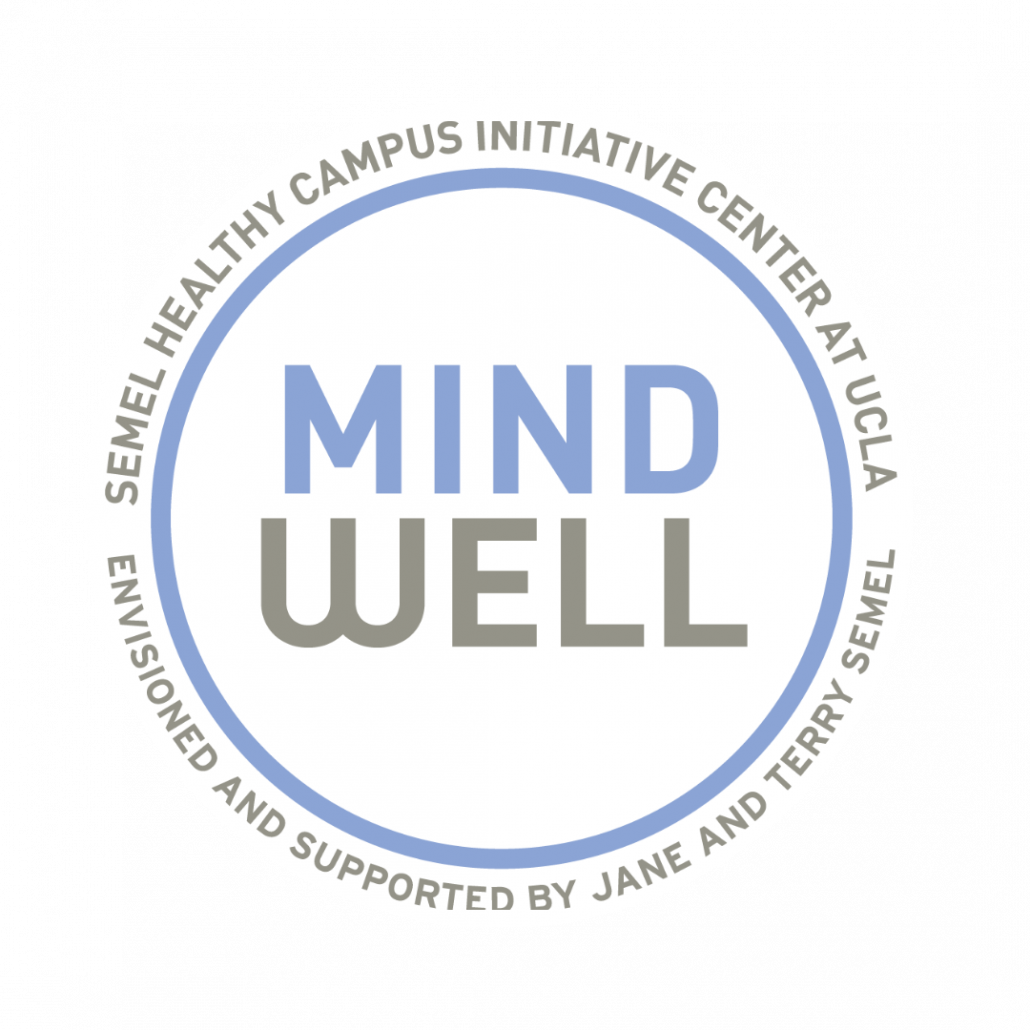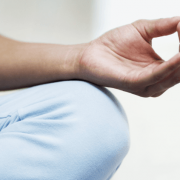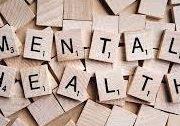The Many Benefits of Knitting
When we hear the word “knitting”, many of us think of sweet-looking, elderly grandmothers. However, this connotation does not do the hobby justice. Research conducted on the effectiveness of Therapeutic Knitting reveals that its benefits for mental health are remarkable. Gone are the days where knitting needles and copious amounts of yarn are the instruments of secluded senior citizens; it’s 2017 and everyone should try out the hobby of knitting, because it will allow them to reap a whole lot of benefits.
Stress Reduction
The relaxed and repetitive motions of weaving the yarn between the knitting needles or crochet hook is very soothing, and helps to calm the body as well as the brain. Similar to breathing exercises and mindful meditation, which also use repetition for calming effects, the mind and body are brought to focus on the present moment, and can remove judgment from oneself, as the knitting becomes the main focus. Knitting has the ability to ease people into a state of mindfulness without them even knowing, allowing people experience the practice in a different way, and use the tool to their advantage. The movements are also very similar to a yoga flow, creating a rhythm that produces a feeling of stability and inner quiet. If you prefer to take part in more extrovertive style of the activity, hobbies like knitting, crocheting, and loom-knitting are also often done in groups, like with friends and family, or instructional classes, acting as a social activity that can combat feelings like loneliness and isolation which could otherwise contribute to other problems surrounding mental health and wellbeing.
Increased Ability to Cope with Mental (and Physical) Illness
Research suggests that the constant, soothing motion of needle art can enhance the release of Serotonin, a neurotransmitter in the body which plays a key role in mood regulation, learning, sleep, and pain perception. The meditative-like qualities produced through knitting can help people “forget” their mental and physical struggles for a certain amount of time on a day-to-day basis. Therapeutic knitting has been connected to combatting depression, anxiety, post-traumatic stress disorder, addiction, eating disorders, and chronic pain, proving that a wide variety of people could benefit from it.
Keeping Your Mind Sharp
Some of us (like myself) have never really taken a liking to math, while others find delight in the use of numbers. For those of you who like math already, this is just going to be the cherry on top of your knitting experience, because knitting is actually a good example of ways that we use math in the real world. The patterns, stitch counts, different stitch types, all require some amount of math, but what’s great about it is that you may not even know you’re using it. The meditative or social state you surround yourself in while knitting creates a sense of happiness and calm, allowing you to exercise your mind without feeling any strain, because you are partaking in an activity that you may find enjoyable. Keeping the brain active in this way was proven in one study to reduce the risk of mild cognitive impairment, which is one of the many precursors of Alzheimer’s disease and other forms of Dementia.
So, go to a craft store and pick out a spool of yarn that is calling to you, choose one of the many variations of needleart that seems most interesting to you, and experience the “feel good” effects of knitting for yourself. If you’re a beginner and feel a bit worried about learning a new skill on your own, grab a friend to join in the experience. There are a lot of different resources/clubs to use to get you started in the learning process, like UCLA’s iKNITiative, as well as Jeniffer Knits and Compatto Yarn Salon, which are close to campus and offer weekly drop-in classes. Alternatively, contact WHeartsTWHands@gmail.com to find out more information about my very own knitting-inspired non-profit, Warm Hearts to Warm Hands, which teaches the skill of knitting in return for one donated piece made using it. If you decide to try out Therapeutic Knitting, or already practice it, comment here and online to share your experiences with anyone interested.
Aubrey Freitas is an undergraduate student at UCLA double majoring in English Literature and Psychology with a minor in Italian. She is a blogger for the UCLA Healthy Campus Initiative in the Mind Well section, which focuses on the importance of mindfulness and mental health. Aubrey is the founder of the organization Warm Hearts to Warm Hands, which teaches the skill of knitting to people of the community in return for their donation of an article of clothing they create with the skill, to be given to local homeless shelters.





